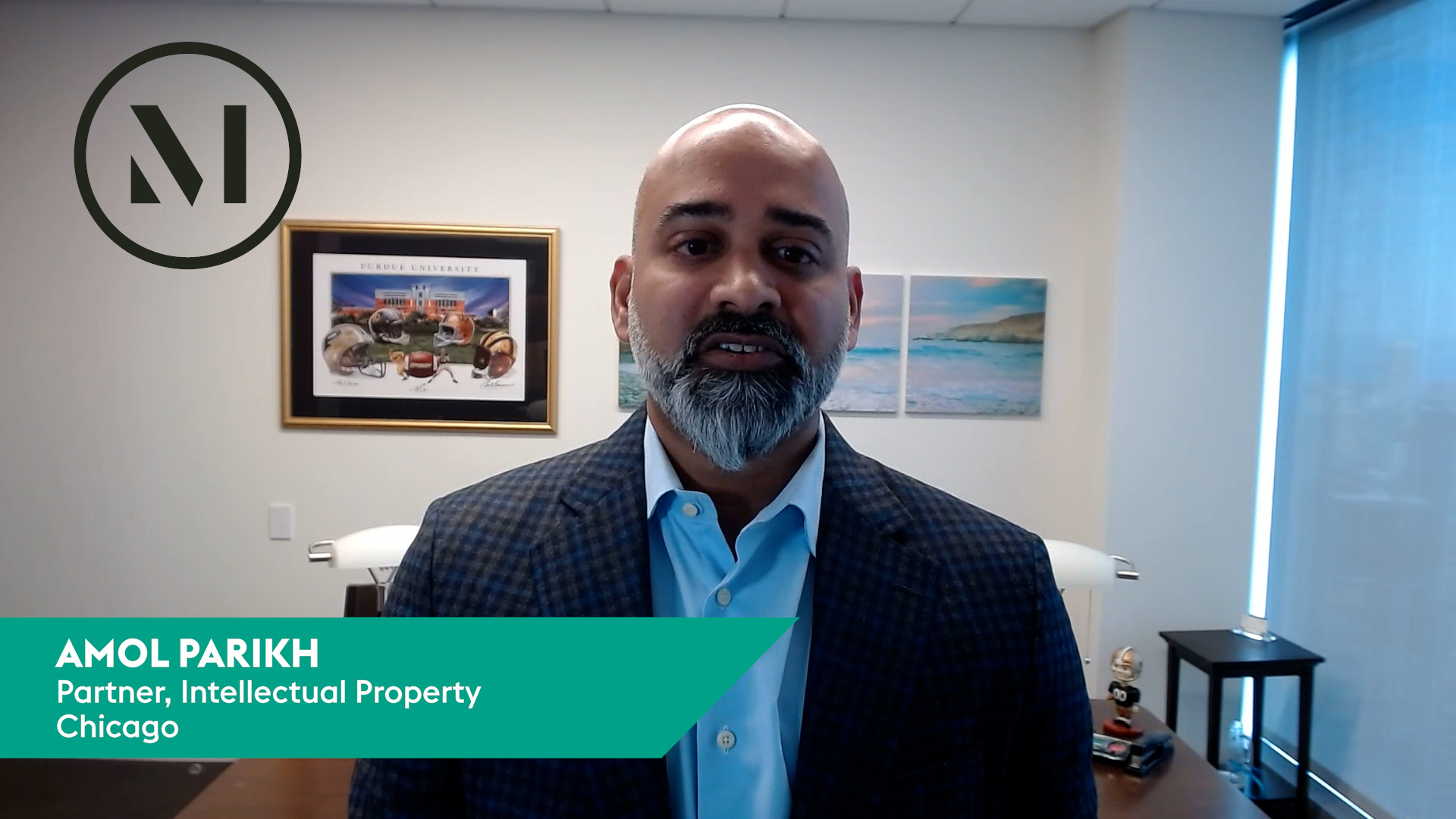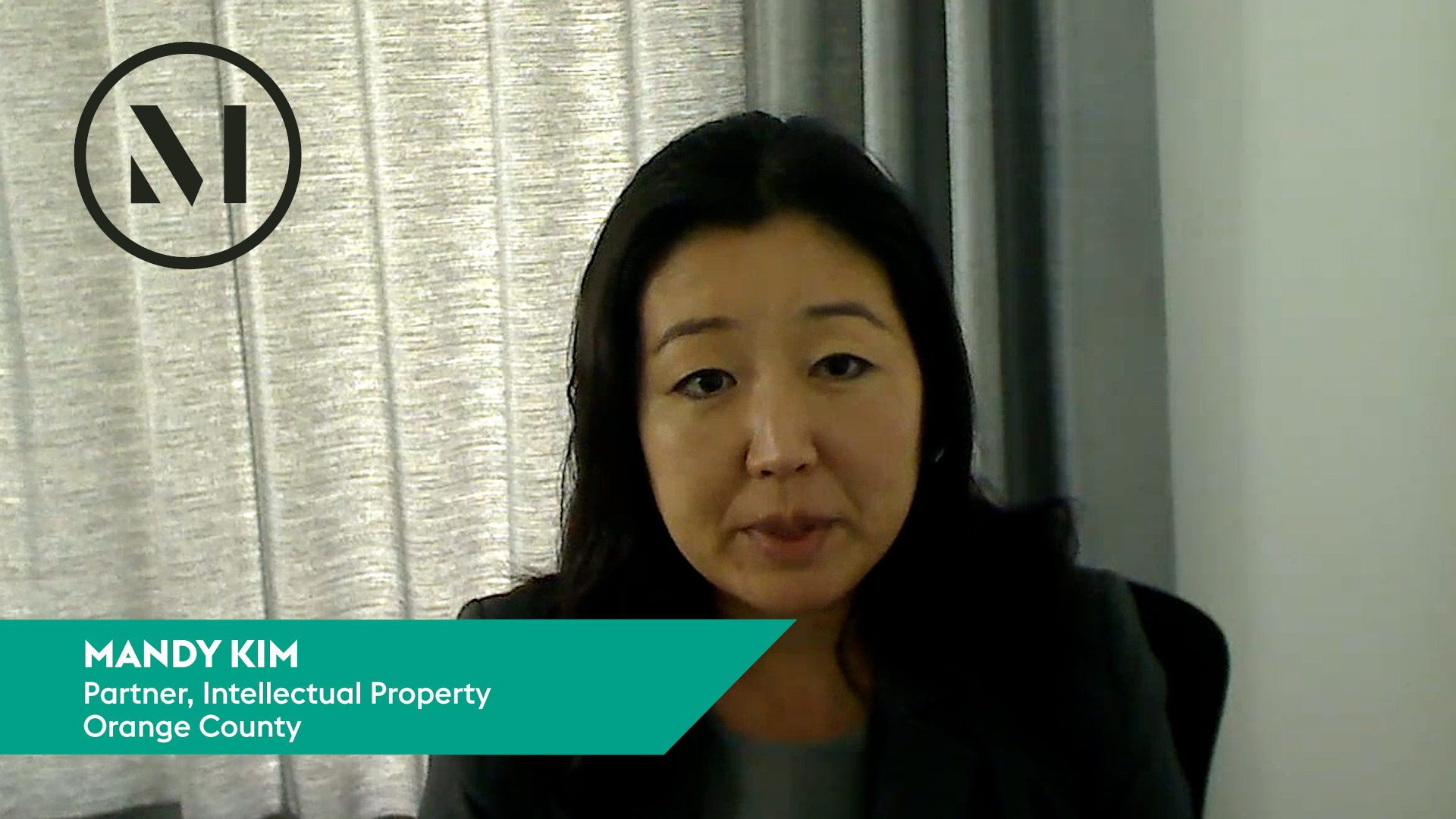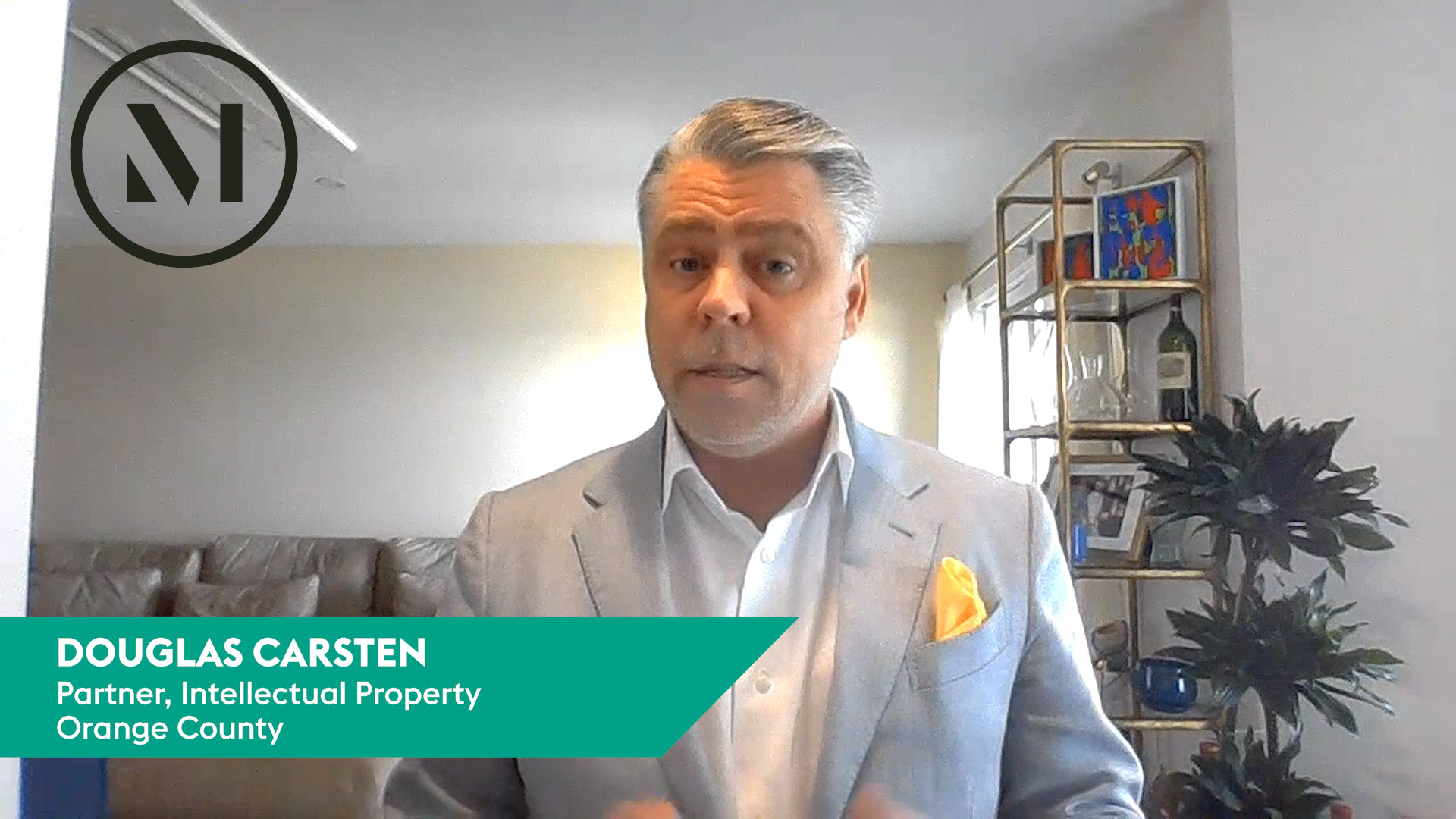In a decision underscoring the distinct standards governing enablement under §§ 102 and 112, the US Court of Appeals for the Federal Circuit affirmed the Patent Trial & Appeal Board’s finding that a prior art reference was enabling for purposes of anticipation, even in the absence of working examples. Agilent Technologies, Inc. v. Synthego Corp., Case Nos. 23-2186; -2187 (Fed. Cir. June 11, 2025) (Prost, Linn, Reyna, JJ.)
The case centers on CRISPR, the gene-editing technology that has reshaped the frontiers of biology and biotechnology. Agilent owns patents that claim chemically modified guide RNAs (gRNAs) designed to improve stability and performance in CRISPR-Cas systems. Synthego filed an inter partes review (IPR) petition asserting that the patents were unpatentable. The Board found all claims unpatentable, relying on a 2014 publication by Pioneer Hi-Bred that disclosed similar modified gRNAs. Agilent appealed.
Agilent challenged the Board’s finding that the prior art was enabling, arguing that Pioneer Hi-Bred merely proposed a research plan without demonstrating which specific modifications would yield functional gRNAs. Agilent emphasized that the reference lacked working examples and disclosed numerous nonfunctional sequences, contending that a skilled artisan would not have been able to identify a successful embodiment without undue experimentation. It also argued that the nascent state of CRISPR technology in 2014 compounded the unpredictability, making the reference non-enabling. In support, Agilent relied heavily on the Supreme Court’s 2023 decision in Amgen v. Sanofi, where the Supreme Court invalidated a broad genus claim for failing to enable its full scope.
The Federal Circuit was not persuaded. The Court drew a clear distinction between enablement under § 112 (which governs patent validity) and enablement under § 102 (which governs anticipation). The Court explained that the bar is lower for the latter, and that a prior art reference need only enable a single embodiment within the scope of the claim. While Amgen involved § 112, the Court emphasized that this case turned on § 102, where the standard is less demanding.
The Federal Circuit grounded this distinction in both the statutory text and the underlying purpose of the respective provisions. Statutorily, § 112 requires that a patent specification enable a person of ordinary skill in the art to “make and use” the invention. Section 102, by contrast, contains no such requirement. This divergence reflects a difference in purpose: § 112 ensures that the patentee does not claim more than they have taught, thereby preventing overbroad monopolies. As the Supreme Court explained in Amgen, “[t]he more a party claims, the broader the monopoly it demands, the more it must enable.” But the Federal Circuit emphasized that the Supreme Court’s reasoning in Amgen was rooted in the patentee’s burden to support the full scope of a genus claim under § 112. That concern, the Court explained, does not apply in the § 102 context, where the question is not how much the prior art claims, but whether it teaches enough for a skilled artisan to practice at least one embodiment without undue [...]
Continue Reading
read more

 Subscribe
Subscribe






